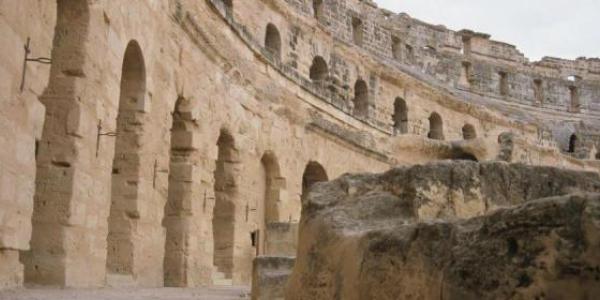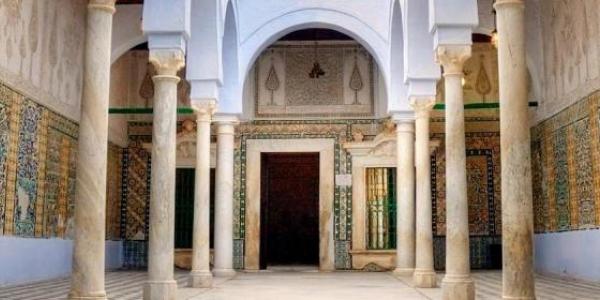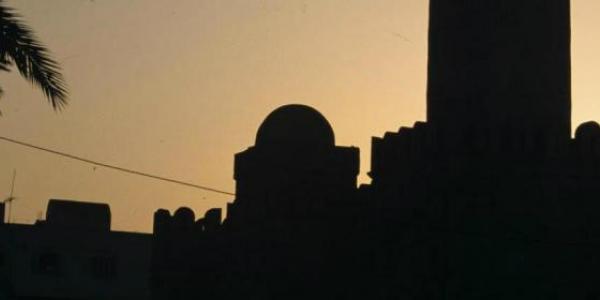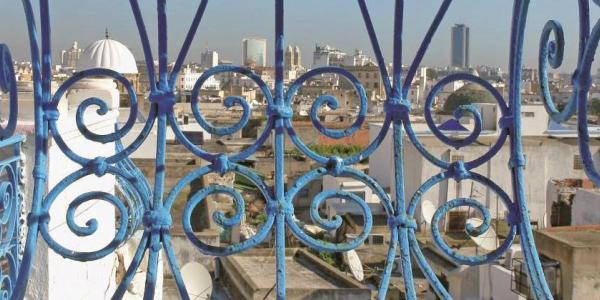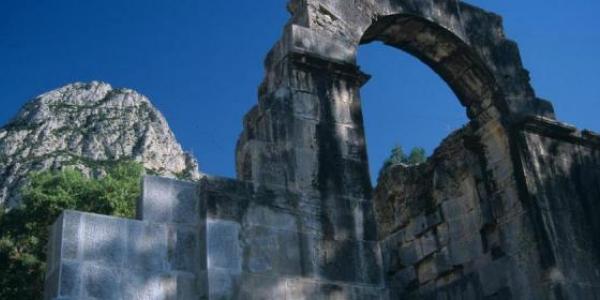Its location south of the Gulf of Hammamet, its proximity to some of the best beaches and the best tourist infrastructures of the country make of Monastir an excellent place to visit, not only its famous Ribat, but also the surrounding area, with beautiful beaches and worthy historical places...

Skanes
North-east of Monastir, Skanes is today a beautiful holiday resort known for its first-class golf courses, sandy beaches, crystal blue sea and five-star hotels, amid palm trees and olive groves, distinguished by their architecture mingling Moorish motifs and modern designs. Tourists from all over the world as well as Tunisians flock there for relaxation, sports and for the opportunity of savouring Tunisian cuisine and bargaining local goods.
Msaken
According to the tradition, Msaken was founded by descendants of the Prophet’s family during the Hafsid epoch. Around 25 kilometers west from Monastir, Msaken is distinguished by its important olive oil activity. Huge emigration followed the collectivization policy in the sixties. Emigrant workers’ revenues have greatly contributed to the city’s development through activities such as housing, commerce and sale of second-hand car parts. The town has become a busy economic hub.
Lemta
This charming fishing village was founded by the Phoenicians well before Carthage, in the 13th century. Later on, it flourished under the Roman rule, when it was called Leptis Minor. After the fall of Carthage in 146, the Romans awarded the city the status of “Free city”. Every year, in May, the city holds the Bsissa festival. The town is now an important textile centre.
Excavation works in the ancient Roman city of Leptis Minor are being performed as part of international cooperation.
Ksar Hellal
Around 20 kilometers south from Monastir, this town is famous for the founding, on March 2, 1934, of the Néo-Destour party, which would lead the struggle for the independence of Tunisia.
Ksar Hellal is mainly known for its very active textile industry. The city is also known for several key dishes, in particular the Osbane couscous (couscous served with stuffed tripe), and the salty fish couscous served with raisins and onions on the Aid El Fitr holiday (marking the end of the holy month of Ramadan).




